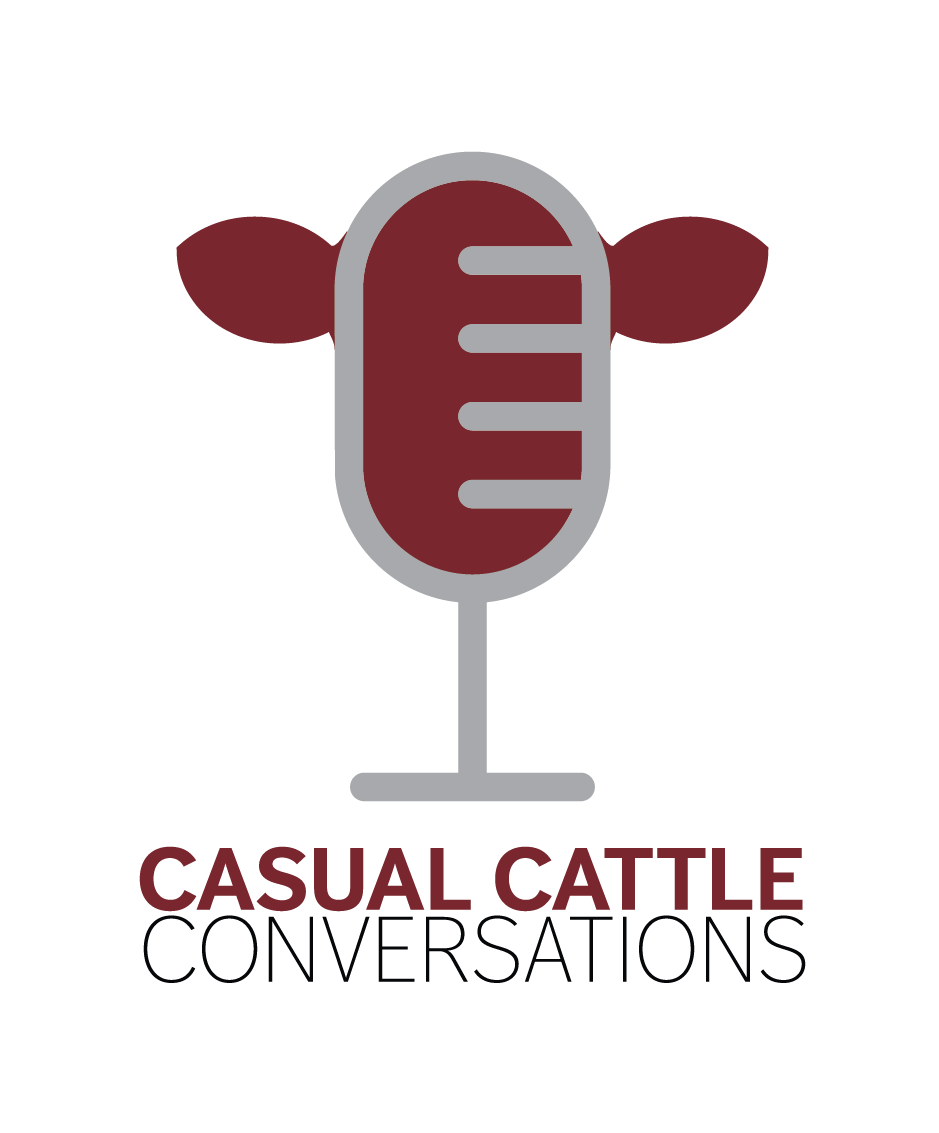Breaking Down Profitability: Expenses, Goals and a Path Forward
Profit. It should be a reality—not just a wish—for today’s ranchers. But getting familiar with your books and understanding profitability can feel overwhelming and time-consuming.
So, where should ranchers start if they want to build a profitable operation they can someday pass on?
“We start planning for profit by first setting a goal,” said Patrick Jones, regenerative ranching advisor at the Noble Research Institute. “That goal can be anything—from a specific income target for the year to a certain return on investment. We set the goal, then manage expenses to reach it.”
But if goals can vary by operation, what makes a good one?
“The biggest thing is setting a goal that’s attainable,” Jones said.
The time frame depends on the type of operation.
“Profitability goals are typically set for no longer than a year,” he said. “Stocker operators may have multiple budgeting periods in a year, so their goals align with each of those.”
To truly understand if your ranch is profitable, you must track income and expenses by enterprise.
“To be sustainable, each enterprise needs to be profitable on its own,” Jones said. “We want to hand down something that works—not something that’s bleeding money.”
Many producers may think they’re in the black, but they’re actually leaning on outside support.
“We see a lot of operations that appear profitable, but they’re being subsidized by off-farm income or inheritance—land or money,” Jones said.
Understanding your cost structure is essential to changing that.
“We have two buckets of expenses: overhead and direct costs,” he said. “Overhead costs stay the same no matter how much you produce. Direct costs vary with production.”
Overhead costs include land, labor, equipment and other fixed assets.
“Ranchers don’t always capture all their overhead,” Jones said. “Just because a piece of equipment is paid off doesn’t mean it doesn’t cost anything. There’s still maintenance.”
Labor is another commonly overlooked expense—especially owner labor.
“Unpaid labor often goes unaccounted for,” Jones said. “But we shouldn’t be working for free.”
Tracking overhead year over year helps ranchers gauge whether they’re moving toward profitability.
“There’s a ratio we run on overhead,” he said. “Watching that trend tells us whether we’re heading in the right direction.”
Direct costs—such as feed, medicine, and marketing—also need to be accurately tracked.
“Ranchers usually do record direct costs,” Jones said. “The mistake is they don’t charge the enterprise the true value.”
Take hay production, for example.
“Many cow-calf producers raise their own hay and just track production cost,” he said. “But they should be charging the current market rate per bale. Otherwise, they don’t really know if it’s more cost-effective to raise or buy hay.”
Managing direct costs is operation-specific, but keeping an open mind is key.
“I grew up chasing weaning weights,” Jones said. “But now we know that by managing forage differently—and even lowering weaning weights or reducing herd size—we can become more profitable because it costs less to get there.”
No matter where your operation is today, the most important thing is making progress.
“We can’t fix what’s behind us,” Jones said. “We want to manage for profit moving forward.”
You can access more ranch profitability resources by going to www.noble.org/find-a-course/

